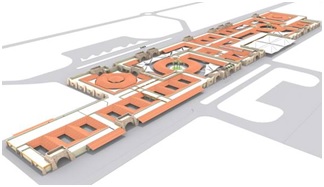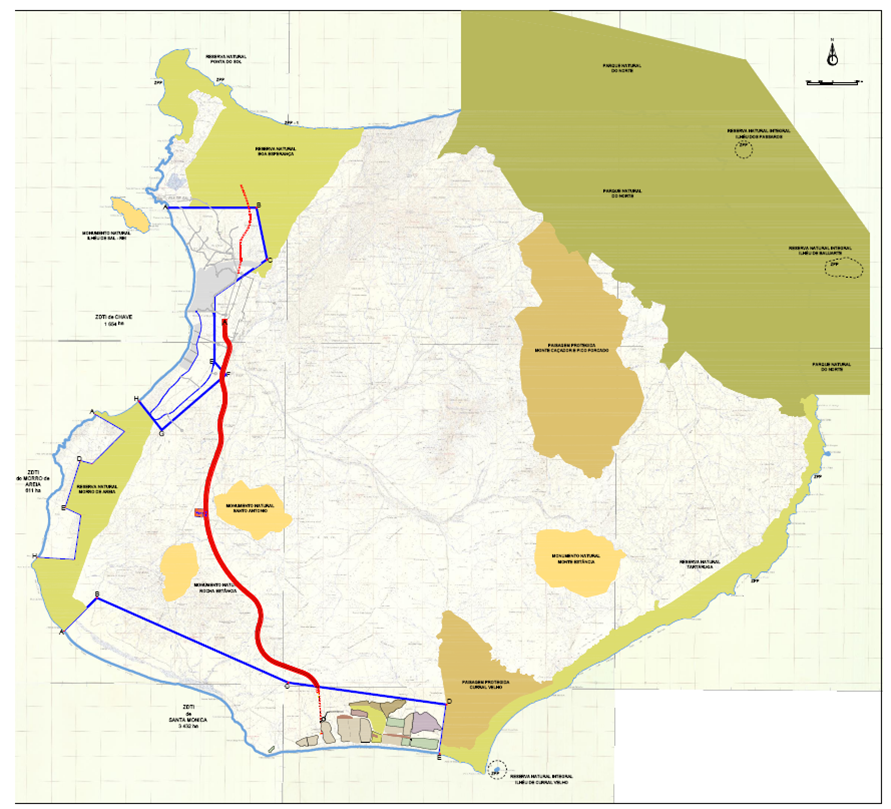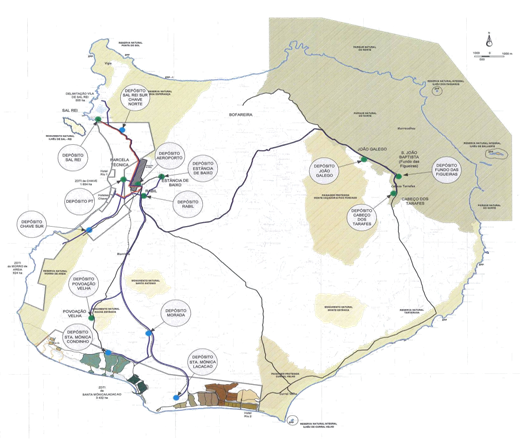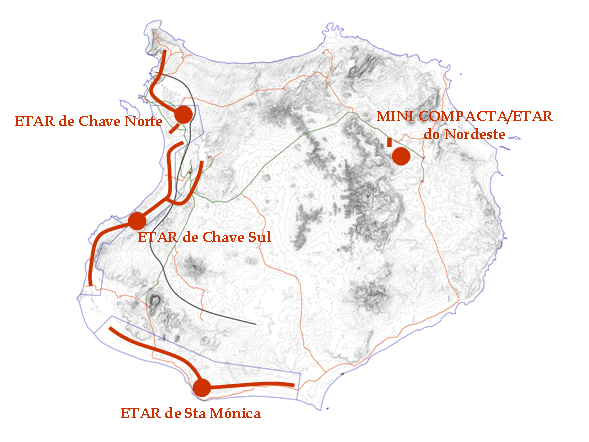External access – Considered one of the jewels of the archipelago, with a huge potential for tourism development, the island of Boa Vista is experiencing an enviable economic dynamics thanks to investment in the hotel industry and the tourist travel business. The existence of an international airport was identified as an essential condition for the viability of the island’s sustained development.
The construction project for Boa Vista Airport began to take shape in 2003 and early on the principle of utilizing existing airport infrastructure and facilities was adopted, instead of compromising with a root project that is considered to be very demanding in terms of financial investments and soil resources. Thus, the extension of the Rabil aerodrome infrastructure was considered as the best long-term development scenario in terms of capacity and environmental impact.
Thus the Boa Vista International Airport was designed and built under a model based on a growth in four phases up to the year 2023, depending on the dynamics of the island.






